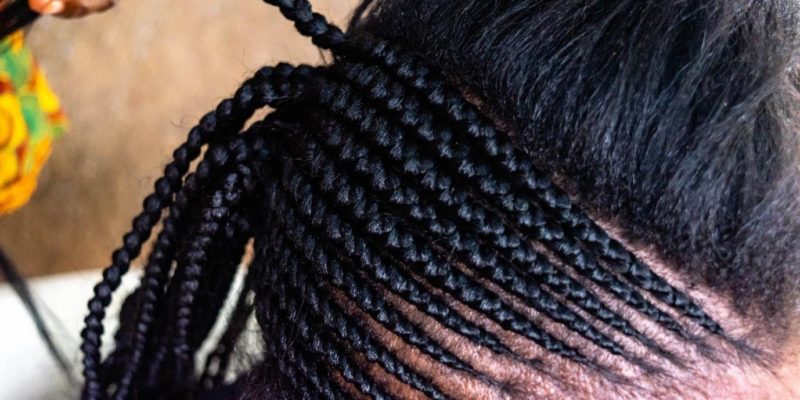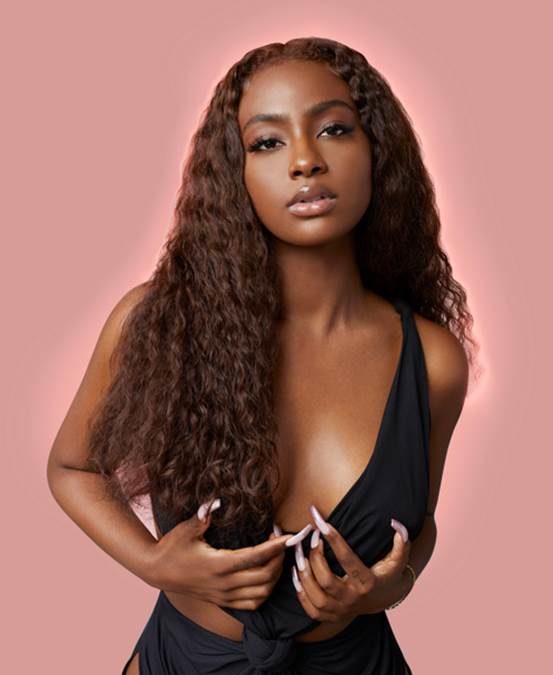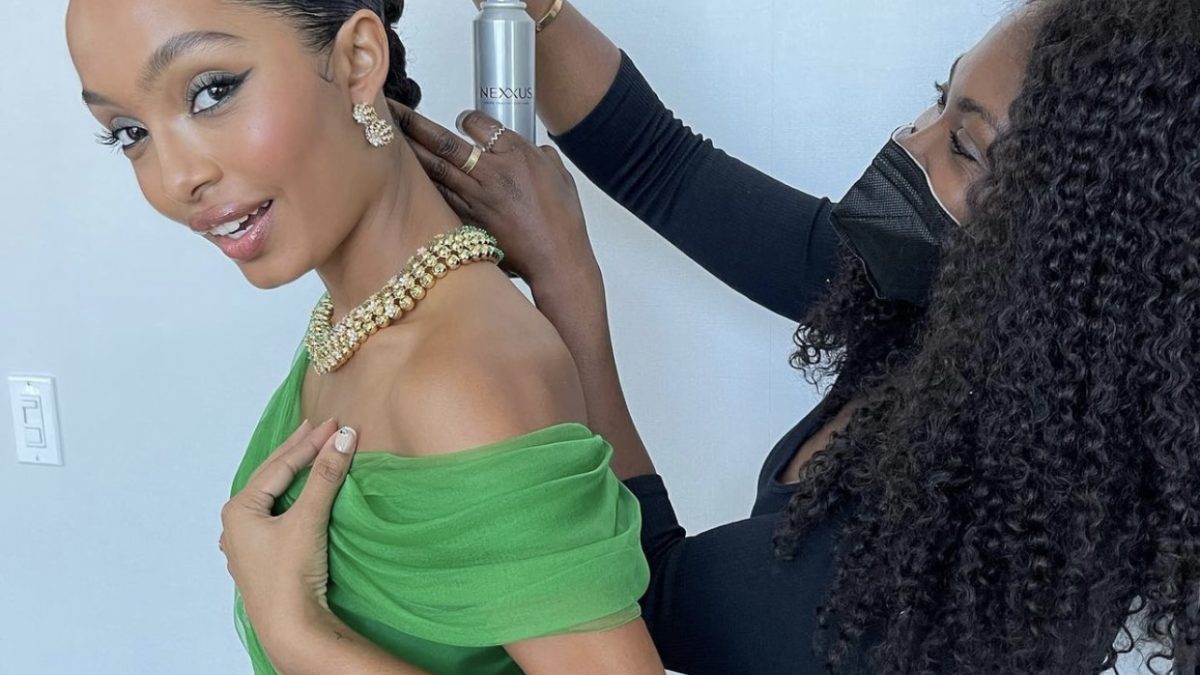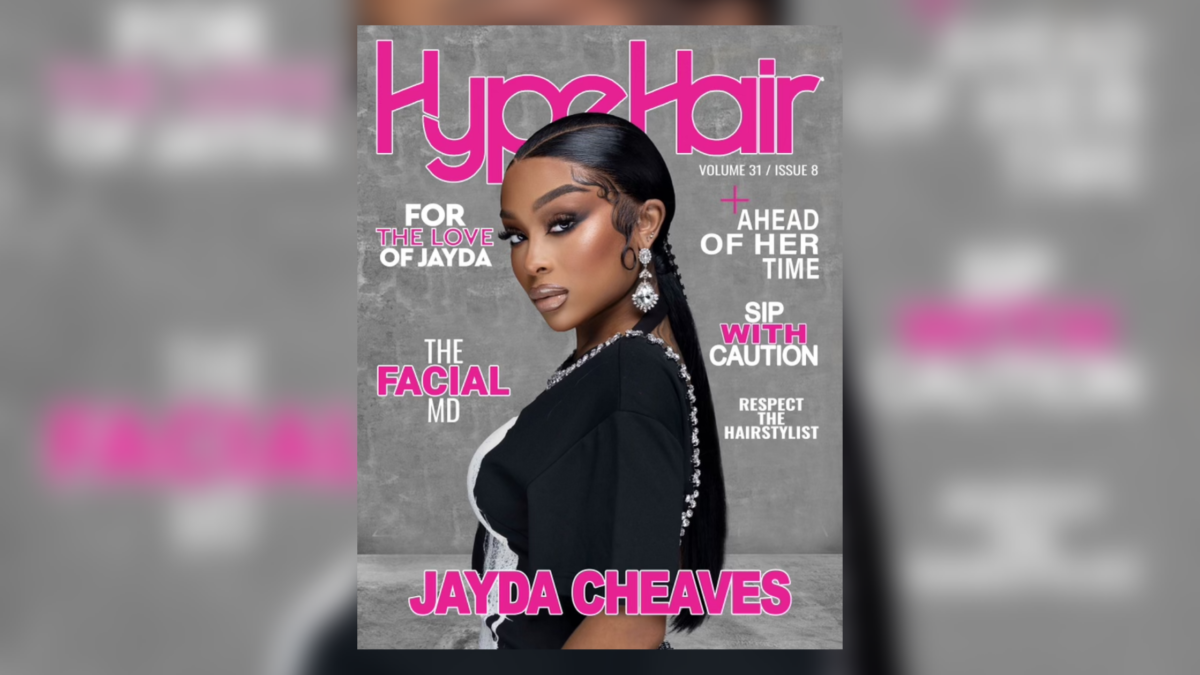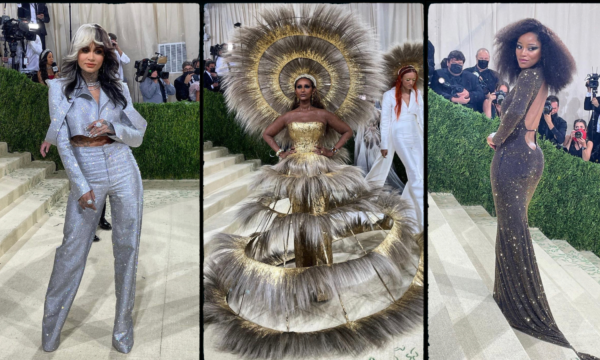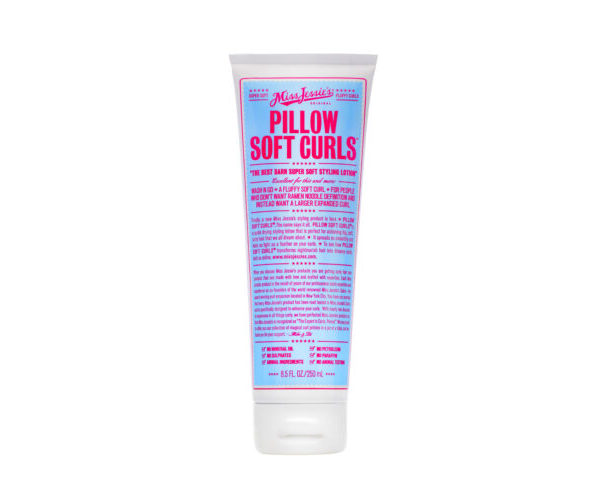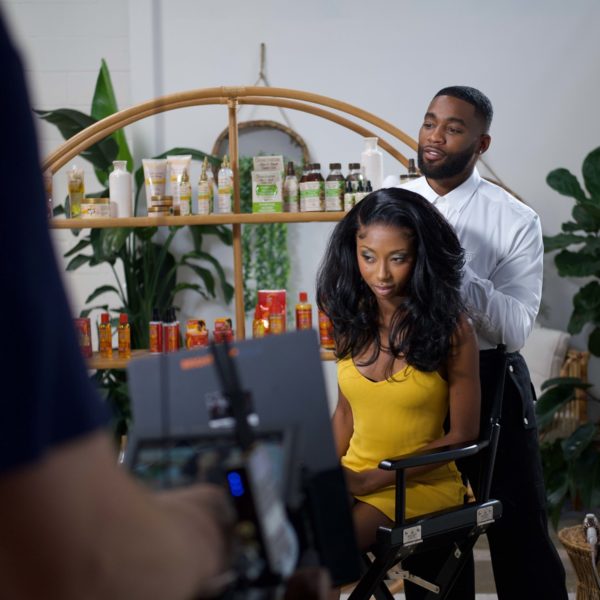Caring for your Hair in Protective Styles
By Jenna Brooks
Protective styles are a popular styling choice for black women looking to keep their hair healthy and mix things up a bit. While the styles can be beautiful, long-lasting, and diverse, it can be confusing when it comes to taking care of your hair and scalp with a protective style. Here’s a short guide full of tips on just how to keep your scalp and hair strong and healthy!
Protective styles are meant to be tight and secure, however, if you feel like the professional stylist is pulling too much and creating a lot of tension, don’t be afraid to speak up. If the braids are too tight, it’s going to cause you a lot of pain, headaches, and irritation on your edges, which could potentially lead to hair loss or a receding hairline.
When it comes time to wash your hair, make sure you’re staying gentle and cleansing your scalp even more than usual. Staying gentle could mean looking into different exfoliating shampoos and conditioners or diluting your usually strong shampoo with a bit of water. You’re going to want to make sure you’re cleansing your scalp from any potential buildup of bacteria; however, you don’t want to strip it down too much because that could cause dryness, irritation, and flakes.
Most important, you want to keep your hair and scalp hydrated and moisturized. This means applying different products like hair oil, mist, or leave-in conditioner throughout the week for scalp health. Additionally, when it comes time to go to bed, make sure you’re either putting your hair up in a satin hair scarf, or using a satin pillowcase to keep that moisture in your natural locks. This will all ensure that when it comes time to take your hair out of that protective style, your natural hair will still be healthy and strong and the hairstyle will come out smoothly.

